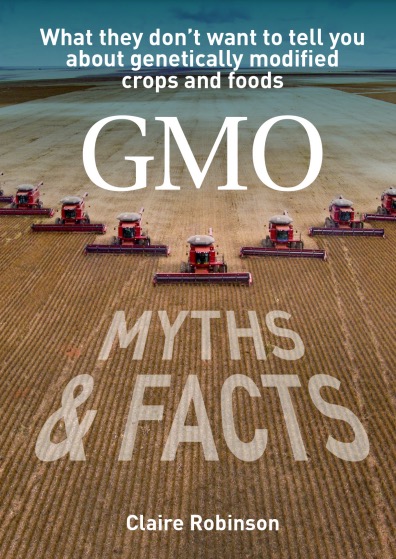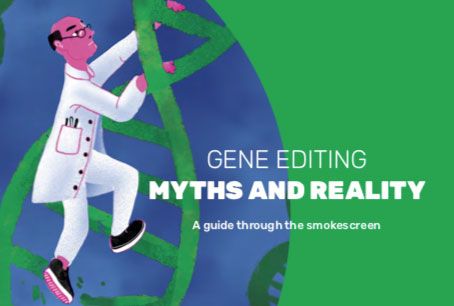EXTRACT: The gene bank also accommodates the world's largest collection of pea land races (more than 5500 samples). Several hundred are cultivated every year in open field for the preservation of their germination capability. The distance of the pharma peas to the fields of the gene bank's peas would amount to only 500 meters. A contamination of these irreplaceable and valuable plants with veterinary pharmaceuticals would have severe consequences for the gene bank, plant breeding and thus the food security of future generations.
---
Field trial in Germany: Pharma peas with mouse genes
by Andreas Bauer
In Germany, the first field trial with crops producing pharmaceutical compounds took place in 2006. The pharma potatoes contained genes of the cholera bacterium and a rabbit virus.
See http://www.lobbywatch.org/archive2.asp?arcid=6863
Now, a second field trial with a gm pharma crop is planned for 2007. The company Novoplant handed in an application for a field trial with gm pharma peas. The peas contain mouse genes and, according to Novoplant, produce antibodies against gastro-intestinal infections of pigs caused by E. coli bacteria. The peas are to be mixed in animal feed as a pharmaceutical additive and a replacement for antibiotics.
The trial is meant to take place in Gatersleben (Saxonia-Anhalt), next door to the gene bank Gatersleben. The gene bank houses the most complex ex situ collection of plant genetic resources worldwide. The inventory of currently 148,000 crop samples of 2,500 different species is used extensively for research and plant breeding.
The gene bank also accommodates the world's largest collection of pea land races (more than 5500 samples). Several hundred are cultivated every year in open field for the preservation of their germination capability. The distance of the pharma peas to the fields of the gene bank's peas would amount to only 500 meters. A contamination of these irreplaceable and valuable plants with veterinary pharmaceuticals would have severe consequences for the gene bank, plant breeding and thus the food security of future generations.
Further information and a draft objection against the trial (in German): www.umweltinstitut.org/pharmaerbse
Andreas Bauer
Munich Environmental Institute (Umweltinstitut Munchen) This email address is being protected from spambots. You need JavaScript enabled to view it.









